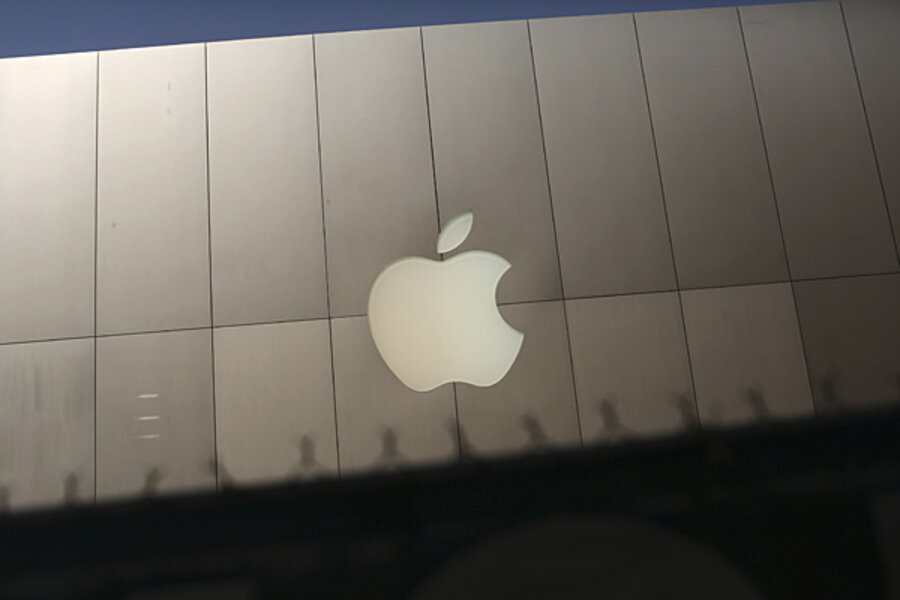Apple taps former EPA head Lisa Jackson for clean-energy boost
Loading...
A former member of President Obama's energy and environment team is headed to Silicon Valley.
As part of its effort to position itself as a clean-energy leader, Apple is hiring former EPA administrator Lisa Jackson as its vice president for environmental initiatives. Apple CEO Tim Cook announced the high-profile hire Tuesday at a technology conference in Rancho Palos Verdes, Calif.
“Apple has shown how innovation can drive real progress by removing toxics from its products, incorporating renewable energy in its data center plans, and continually raising the bar for energy efficiency in the electronics industry,” Ms. Jackson told Politico in an e-mail. “I look forward to helping support and promote these efforts, as well as leading new ones in the future aimed at protecting the environment.”
Google, Facebook, and other high-tech firms have made similar efforts to 'green' their operations, largely in response to criticism of energy-draining data centers and the use of toxic substances in consumer electronics.
The sprawling data centers that store our digital photos, music, and e-mails use about 30 billion watts of electricity worldwide, according to a report last September by The New York Times. That's roughly equivalent to to the output of 30 nuclear power plants.
Coal and nuclear provide most of that electricity, a 2012 report by environmental group Greenpeace found. The reliance on traditional fuels belies Silicon Valley's image as a cutting-edge driver of innovation.
"A big part of their identity is in being a solution company, and being attached to 19th-century energy sources is not part of that identity," Gary Cook, author of the report and a senior IT analyst at Greenpeace, said in a telephone interview.
More than half of Apple's facility power came from coal, according to the report, and the company earned a grade of "D" for energy efficiency, greenhouse gas mitigation, and use of renewables.
Apple disputed the claims and vowed to achieve 100 percent reliance on renewable energy. In March, the company announced that its data centers had achieved 100 percent reliance on solar, wind, hydroelectric, and geothermal. Renewables generate 75 percent of its corporate facilities, according to Apple, up from 35 percent in 2010. Greenpeace praised the jump in renewable use and increased transparency in electricity demand and sourcing.
Plenty more challenges lie ahead for Ms. Jackson, who left the EPA in February after four years as administrator. Facilities make up a mere 2 percent of the 30.9 million metric tons of greenhouse gas Apple produced in 2012, according to the company's calculations. The rest came from the manufacturing, transportation, use, and recycling of the company's products.
Environmentalists hope Jackson's knowledge of the utility industry and connections in Washington will help Apple further lower those numbers.
"She’s a proven advocate for combating toxic waste and addressing our dirty energy problem," Mr. Cook of Greenpeace (no relation to Tim Cook of Apple) said. "That’s two of the biggest challenges Apple is confronting as they grow their company."








